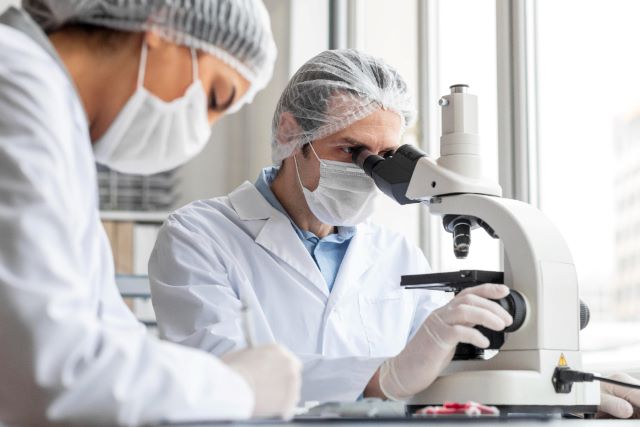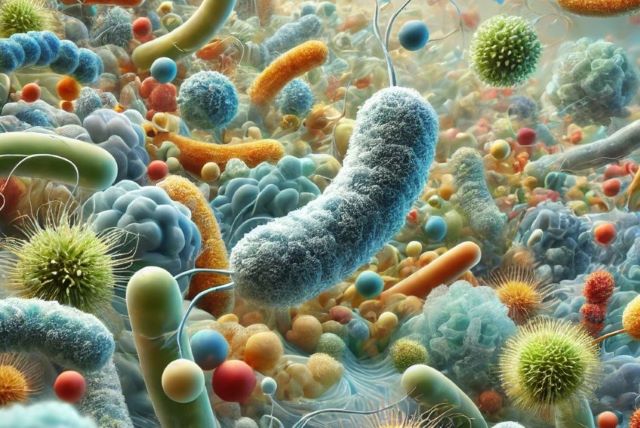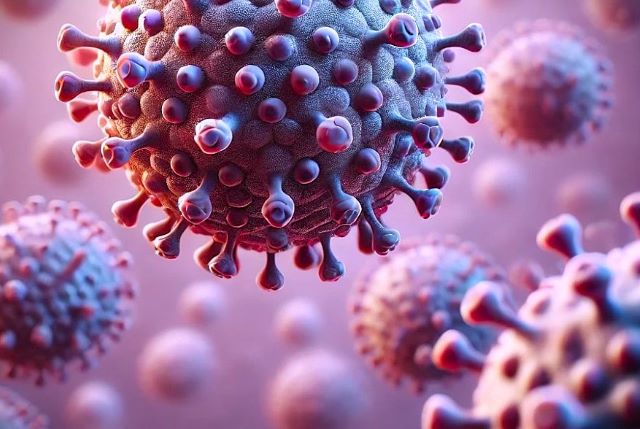Onboard Safety: How To Prevent Infections Diseases During the Flight?

Traveling is a wonderful opportunity to gain new life experiences, but it can also pose health risks. When in enclosed spaces such as airplanes, or in crowded places like airports, travelers are more likely to encounter infections that spread from person to person.
The events of recent years, associated with the coronavirus pandemic, have shown how quickly diseases can spread around the world. But viruses are only part of the problem. During travel, one may also encounter bacterial infections, which can be just as dangerous. That’s why it is important not only to understand how infections are transmitted, but also to know how to protect yourself.









